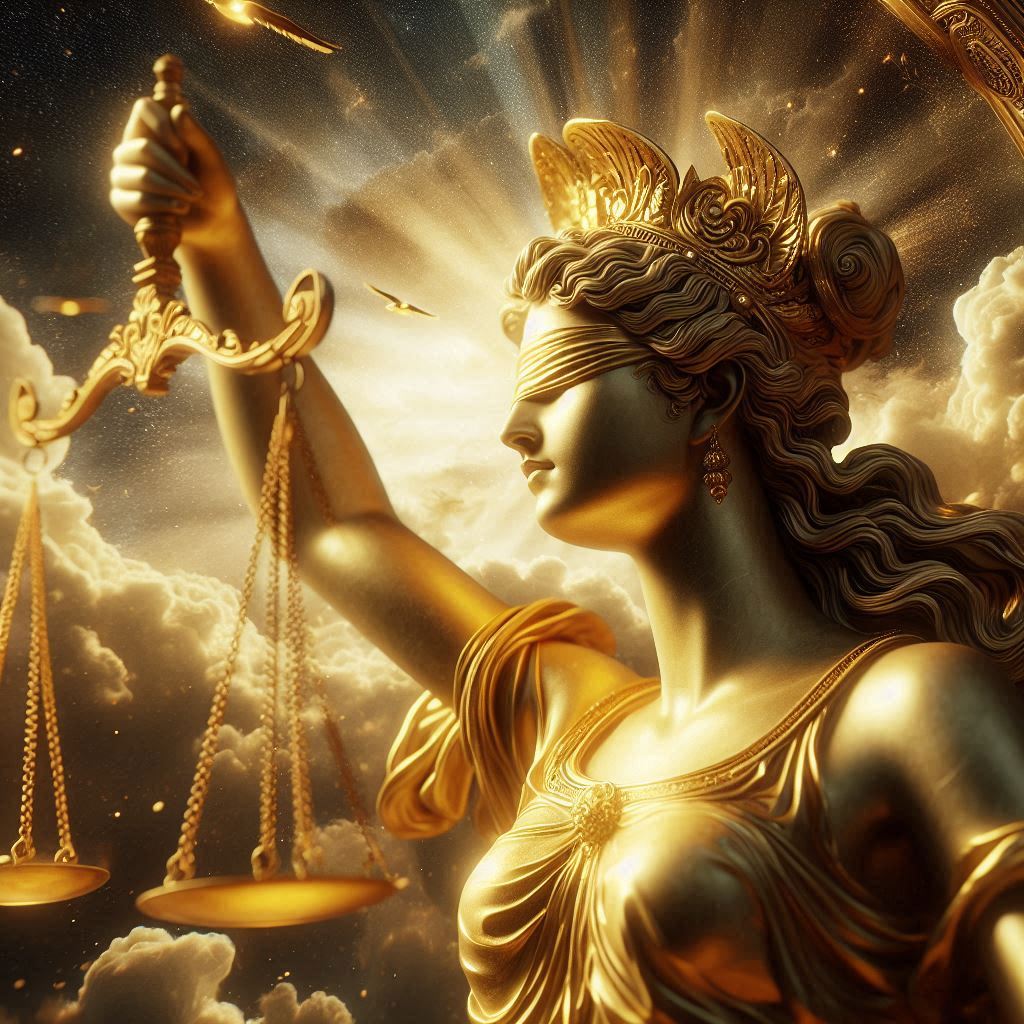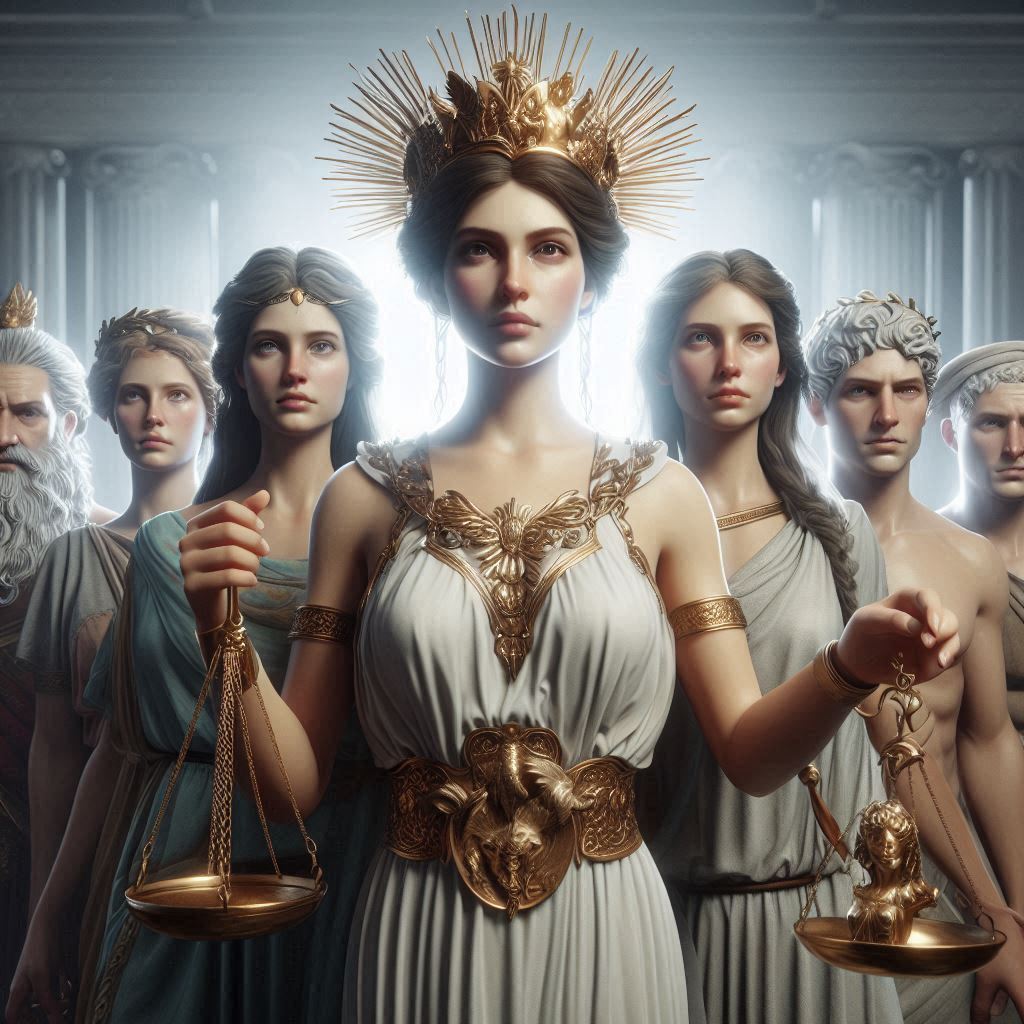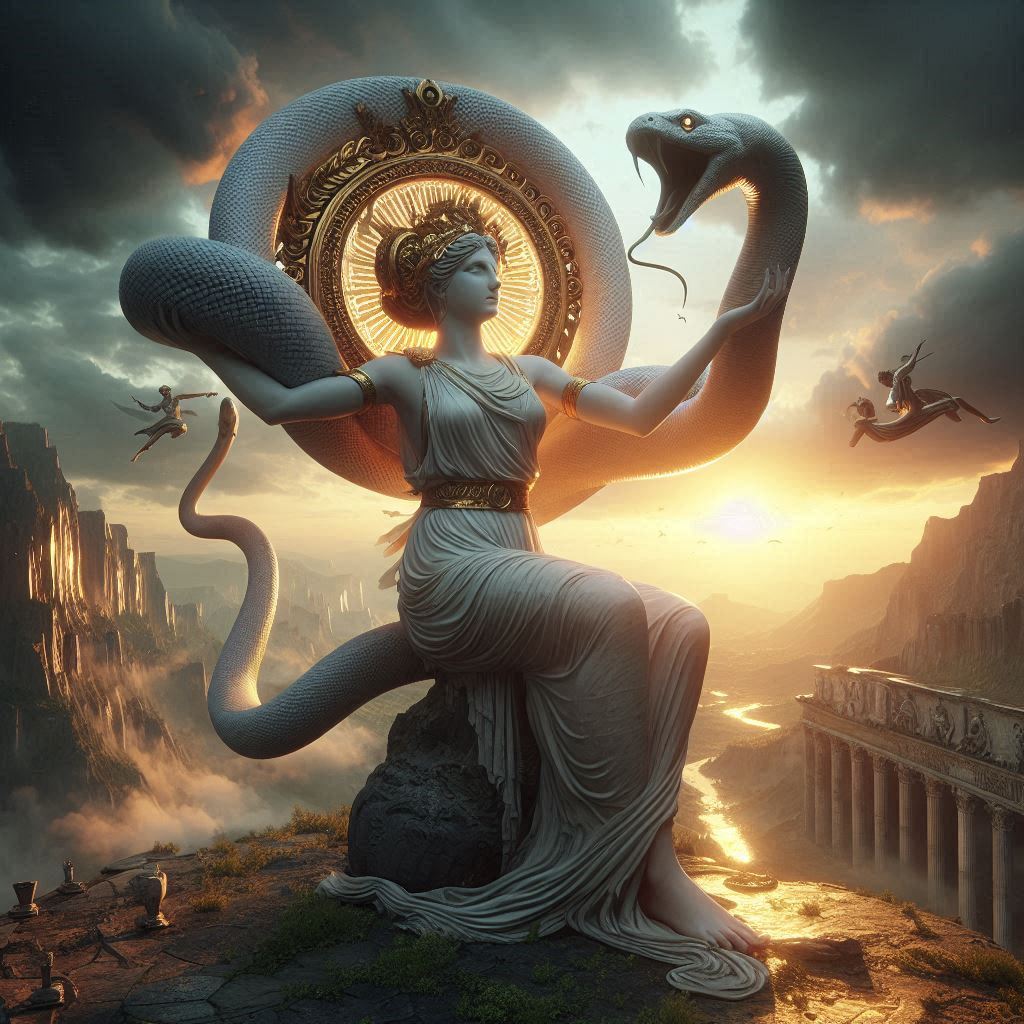Table of Contents
The Profound Connection Between Classical Literature and Classical Music
Classical literature and classical music, two of the most refined art forms in Western culture, share a symbiotic relationship that has endured for centuries. Both emerged from the intellectual and aesthetic traditions of Europe, drawing upon mythology, philosophy, and human emotion to create works of enduring beauty. While literature communicates through words and music through sound, their intersection reveals a shared language of narrative, structure, and emotional depth.

This essay explores the multifaceted connections between classical literature and classical music, examining:
- The influence of mythology and epic poetry on musical compositions
- Structural parallels between literary and musical forms
- Direct adaptations of literary works into music
- Philosophical and emotional resonances between the two art forms
- The role of nationalism in blending literature and music
By analyzing these aspects, we can appreciate how these disciplines have enriched each other, creating a legacy that continues to inspire artists and audiences today.
1. Mythology and Epic Poetry in Classical Music
Greek and Roman Myths in Opera and Symphonic Works
Classical mythology has been a cornerstone of both literature and music. The tragedies of Aeschylus, Sophocles, and Euripides, along with Ovid’s Metamorphoses and Virgil’s Aeneid, have provided composers with timeless narratives of love, heroism, and fate.
- Monteverdi’s L’Orfeo (1607): One of the earliest operas, based on the myth of Orpheus from Ovid’s Metamorphoses, explores themes of love, loss, and the power of music itself. The lament (“Possente spirto”) mirrors the poetic despair found in classical texts.
- Gluck’s Orfeo ed Euridice (1762): A reform opera that strips away Baroque excess, focusing instead on the purity of emotion, much like Greek tragedy’s emphasis on catharsis.
- Strauss’s Elektra (1909): A modernist retelling of Sophocles’ tragedy, using dissonance and intense orchestration to convey Elektra’s psychological torment.
The Epic Tradition in Program Music
Beyond opera, symphonic works have drawn upon epic poetry for inspiration:
- Berlioz’s Les Troyens (1858): An operatic adaptation of Virgil’s Aeneid, blending grand orchestration with the tragic grandeur of Dido’s lament.
- Liszt’s Prometheus (1850): A tone poem based on the Greek myth, using thematic transformation to mirror the hero’s suffering and defiance.
These examples illustrate how classical literature’s mythological and epic traditions provided composers with rich material for musical storytelling.
2. Structural Parallels: Literary Forms and Musical Composition
Sonata Form and Narrative Structure
Just as classical literature follows defined structures (e.g., the three-act play or the epic’s invocation), music employs forms that mirror literary techniques.
- Sonata Form as a Dramatic Arc: The exposition (introduction of themes), development (conflict and exploration), and recapitulation (resolution) resemble the structure of a Shakespearean drama. Beethoven’s Fifth Symphony (1808) exemplifies this, with its fate motif evolving like a tragic protagonist.
- Fugue as Counterpoint Dialogue: Bach’s fugues, like The Art of Fugue, function similarly to polyphonic poetry, where multiple voices interweave in a complex narrative.
Tone Poems and Literary Storytelling
The 19th-century tone poem (or symphonic poem) directly translates literary narratives into music:
- Liszt’s Mazeppa (1854): Based on Victor Hugo’s poem, it depicts the Cossack hero’s wild ride through orchestral turbulence.
- Strauss’s Don Quixote (1897): A musical retelling of Cervantes’ novel, with solo cello representing Quixote and viola as Sancho Panza.
These works demonstrate how composers borrowed literary techniques to create musical “stories” without words.
3. Direct Adaptations: From Poetry to Opera and Lieder
Shakespeare in Music
Shakespeare’s plays have been a wellspring of musical inspiration:
- Verdi’s Otello (1887) and Macbeth (1847): These operas capture the psychological depth of Shakespeare’s tragedies through dramatic arias and orchestration.
- Mendelssohn’s A Midsummer Night’s Dream Overture (1826): The shimmering strings evoke the play’s magical forest, while the “Wedding March” has become iconic.
Goethe and the Art Song (Lied)
German Romantic composers, particularly Schubert and Schumann, set Goethe’s poetry to music:
- Schubert’s Erlkönig (1815): The piano’s galloping rhythm and shifting vocal lines dramatize Goethe’s ballad of a father fleeing the supernatural.
- Schumann’s Dichterliebe (1840): A song cycle based on Heinrich Heine’s poems, blending lyrical melody with poetic introspection.
These adaptations show how music can heighten the emotional impact of literary texts.
4. Philosophical and Emotional Resonances
The Sublime and the Tragic
Both classical literature and music explore the sublime—the awe-inspiring and terrifying aspects of human existence.
- Beethoven’s Ninth Symphony (1824): The choral finale, setting Schiller’s Ode to Joy, expresses Enlightenment ideals of universal brotherhood.
- Wagner’s Tristan und Isolde (1865): The unresolved harmonies mirror the lovers’ endless longing, akin to the tragic romance of medieval literature.
Existential Themes in Modernist Works
20th-century composers engaged with existentialist literature:
- Schoenberg’s Pierrot Lunaire (1912): A surreal setting of Albert Giraud’s poems, using atonality to depict madness and despair.
- Stravinsky’s Oedipus Rex (1927): A neoclassical oratorio based on Sophocles, blending Latin text with austere, ritualistic music.
These works illustrate how music and literature grapple with the same profound questions of existence.
5. Nationalism: Folklore and Musical Identity
Russian Literature and Music
Russian composers often drew from national literature:
- Mussorgsky’s Pictures at an Exhibition (1874): Inspired by Viktor Hartmann’s art, but its “Great Gate of Kiev” movement evokes the epic scale of Russian folklore.
- Tchaikovsky’s Eugene Onegin (1879): An opera based on Pushkin’s verse novel, capturing the melancholy of Russian romanticism.
Czech and Scandinavian Traditions
- Dvořák’s Rusalka (1901): Based on Slavic fairy tales, akin to Hans Christian Andersen’s literary works.
- Grieg’s Peer Gynt (1875): Incidental music for Ibsen’s play, blending Norwegian folk motifs with dramatic storytelling.
Nationalist composers used literature to forge cultural identity, merging folk traditions with classical forms.
Conclusion
The connection between classical literature and classical music is profound and multifaceted. From the mythological operas of Monteverdi to the tone poems of Strauss, from Schubert’s lieder to Tchaikovsky’s Pushkin-inspired operas, these art forms have continuously influenced each other. They share not only themes and structures but also a deep engagement with human emotion, philosophy, and cultural identity.
By studying their interplay, we gain insight into how artists across disciplines seek to express the universal human experience—whether through words, sounds, or both. This enduring dialogue between literature and music ensures that both remain vital, evolving traditions that continue to inspire generations.


No responses yet